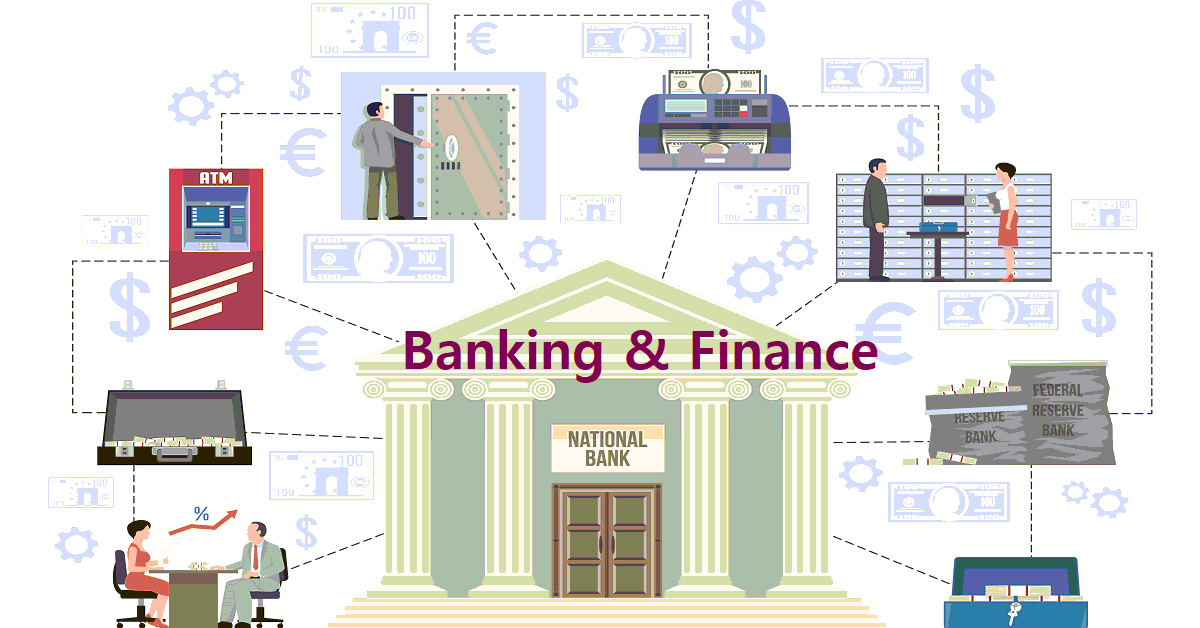
Financial and banking regulation in the US has a rich and complex history, shaped by key reforms enacted in response to financial crises and aimed at improving financial stability and consumer protection. The regulation of the financial and banking sector has evolved over time, and continues to be a subject of ongoing debate and discussion.
Historical Background of Financial and Banking Regulation in the US
The history of financial and banking regulation in the US dates back to the early years of the country, when the first bank was established in 1791. Over the next century, the banking sector grew rapidly, with many new banks being established and lending increasing. However, this growth was often accompanied by instability, as banks frequently failed and the economy suffered through periods of financial crisis.
In response to these challenges, the US government began to regulate the banking sector in the late 1800s, with the passage of the National Bank Act of 1863 and the creation of the Office of the Comptroller of the Currency. These early regulations aimed to improve the stability of the banking sector by establishing national standards for banks and ensuring that they were adequately capitalized.
The stock market crash of 1929 and the Great Depression that followed had a profound impact on the financial and banking sector, leading to a wave of bank failures and widespread public distrust of the financial system. In response, the Glass-Steagall Act of 1933 was enacted, which separated commercial and investment banking activities and helped to restore stability to the banking sector.
Over the next several decades, the banking and financial sector continued to grow, and new regulations were enacted in response to financial crises and changing economic conditions. The 1980s and 1990s saw the deregulation of many industries, including the financial sector, which helped to increase competition and innovation. However, the financial crisis of 2008, which was caused by widespread financial instability and lack of regulation, led to a new wave of reforms aimed at improving financial stability and consumer protection.
The Dodd-Frank Wall Street Reform and Consumer Protection Act of 2010 was enacted in response to the financial crisis, and represented the largest overhaul of the financial and banking sector in decades. The Dodd-Frank Act aimed to increase financial stability and consumer protection, and established a range of new regulations aimed at preventing another financial crisis.
Key Reforms and Their Impact on the Financial and Banking Sector
One of the most significant reforms in the history of US financial and banking regulation was the Glass-Steagall Act of 1933. This act was enacted in response to the Great Depression and separated commercial and investment banking activities, with the aim of reducing the risk of bank failures. The Glass-Steagall Act was in place for 66 years, until its repeal in 1999 as part of the Financial Services Modernization Act.
Another key reform was the Dodd-Frank Wall Street Reform and Consumer Protection Act of 2010, enacted in response to the 2008 financial crisis. This act aimed to improve financial stability and consumer protection, and established the Consumer Financial Protection Bureau (CFPB), tasked with protecting consumers from financial fraud and abuse. The Dodd-Frank Act also increased the powers of the Federal Reserve and imposed new regulations on financial institutions, including the requirement for banks to hold more capital to protect against losses.
Major Acts and Legislations Enacted in the US Related to Financial and Banking Reform
In addition to the Glass-Steagall Act and the Dodd-Frank Act, there are several other major acts and legislations that have been enacted in the US related to financial and banking reform. These include:
- The Securities Act of 1933, which established the Securities and Exchange Commission (SEC) and regulated the securities market. The SEC is responsible for enforcing federal securities laws and protecting investors, and has played a key role in ensuring the stability and transparency of the financial markets.
- The Banking Act of 1935, which created the Federal Deposit Insurance Corporation (FDIC) and provided deposit insurance for bank customers. The FDIC helps to ensure that depositors do not lose their savings in the event of a bank failure, and has contributed to the stability of the banking sector.
- The Riegle-Neal Interstate Banking and Branching Efficiency Act of 1994, which allowed banks to expand across state lines and encouraged competition in the banking sector.
- The Sarbanes-Oxley Act of 2002, which was enacted in response to accounting scandals and increased the accountability of corporate executives.
Current Status and Future Prospects of US Financial and Banking Regulation
Despite the reforms enacted over the years, the financial and banking sector continues to face challenges, and there is ongoing debate about the future prospects of regulation in the US. Some experts believe that further reforms are needed to ensure financial stability, such as increased capital requirements and stricter regulations on financial institutions. Others argue that excessive regulation can stifle growth and innovation in the financial and banking sector.
In recent years, there have been calls for a re-evaluation of the Dodd-Frank Act, with some experts arguing that it has imposed unnecessary burdens on small and regional banks, which can harm economic growth. However, there are also those who believe that the Dodd-Frank Act should be strengthened, rather than weakened, in order to ensure financial stability and consumer protection.
Conclusion
The history of financial and banking regulation in the US is rich and complex, shaped by key reforms enacted in response to financial crises and aimed at improving financial stability and consumer protection. Despite these reforms, the financial and banking sector continues to face challenges, and there is ongoing debate about the future prospects of regulation in the US. Ultimately, the future of financial and banking regulation will depend on the balance between ensuring financial stability and protecting consumers, and allowing for growth and innovation in the financial and banking sector.
Banking and Finance



